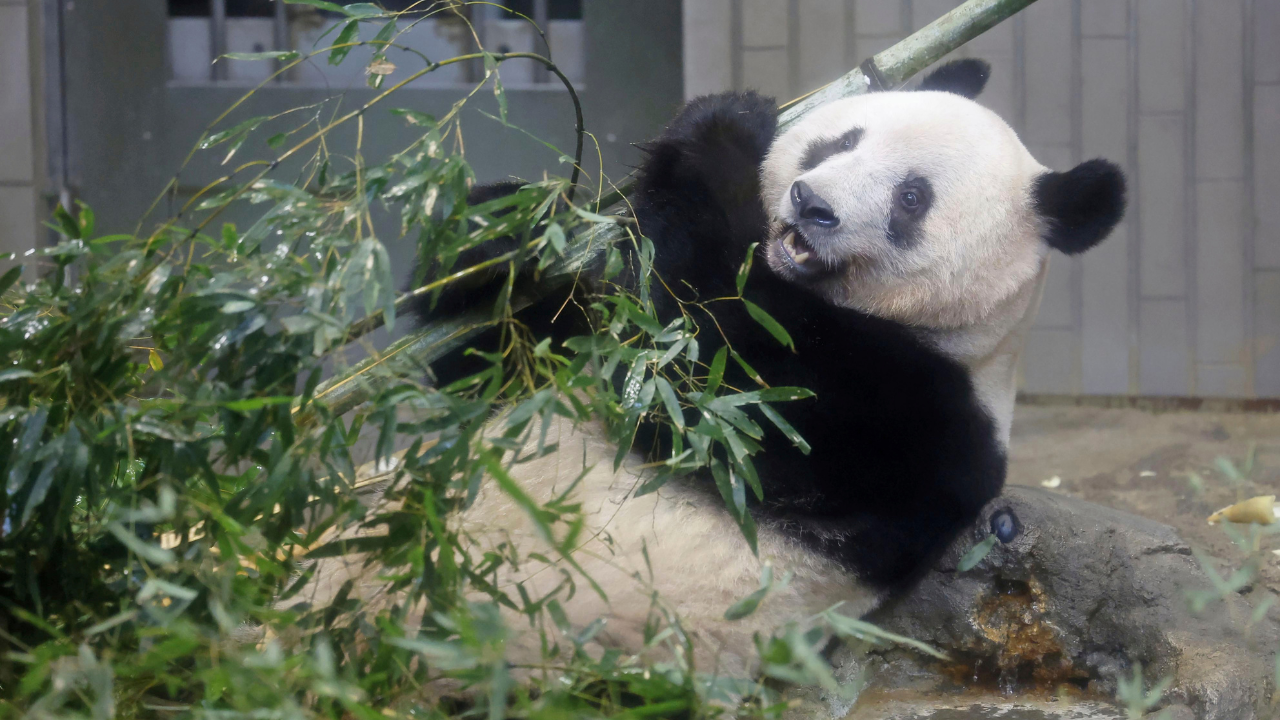
[ad_1]
NEW DELHI: An animal “gift” as a international diplomacy statement?
Yes, and it’s not a new thing either.
China is the only natural habitat of the giant pandas; and Beijing has used the animals since the 1950s as part of its “panda diplomacy” programme.
China has “gifted” and “loaned” pandas to other countries, and also taken them back when relations soured!
Beijing gifted its first panda, Ping Ping, to the USSR in 1957. Similar gifts went to North Korea (1965), the US (1972), Japan (1972, 1980, 1982), France (1973), UK and Germany (1974) and Mexico (1975) as well.
But it stopped giving pandas away in 1982 when they became endangered. There are just about 1,860 giant pandas left in the wild and about 600 in captivity.
However they are still given as “loan.” And like any regular commercial loan, the panda loans also come with “terms and conditions.”
The zoos that get the Chinese panda loan have to pay $1 million per panda per year which goes towards panda conservation projects. If a panda cub is born, zoos pay an extra $400,000. The pandas, and any cubs they produce, remain the property of China.
Japan got its first giant panda gift from China in 1972 to mark the normalisation of ties between the two countries. A 2013 Oxford University study had said that panda gifts coincide with signing of important trade deals.
China has also recalled gifted pandas to show its unhappiness as it did in 2017 when US President Obama met the Dalai Lama.
Thousands of Japanese bade an emotional farewell to four pandas that will return to China this week. Xiang Xiang, who was born at Tokyo’s Ueno Zoo in 2017 was the biggest draw while the other three pandas are at a park in western Wakayama region.
Yes, and it’s not a new thing either.
China is the only natural habitat of the giant pandas; and Beijing has used the animals since the 1950s as part of its “panda diplomacy” programme.
China has “gifted” and “loaned” pandas to other countries, and also taken them back when relations soured!
Beijing gifted its first panda, Ping Ping, to the USSR in 1957. Similar gifts went to North Korea (1965), the US (1972), Japan (1972, 1980, 1982), France (1973), UK and Germany (1974) and Mexico (1975) as well.
But it stopped giving pandas away in 1982 when they became endangered. There are just about 1,860 giant pandas left in the wild and about 600 in captivity.
However they are still given as “loan.” And like any regular commercial loan, the panda loans also come with “terms and conditions.”
The zoos that get the Chinese panda loan have to pay $1 million per panda per year which goes towards panda conservation projects. If a panda cub is born, zoos pay an extra $400,000. The pandas, and any cubs they produce, remain the property of China.
Japan got its first giant panda gift from China in 1972 to mark the normalisation of ties between the two countries. A 2013 Oxford University study had said that panda gifts coincide with signing of important trade deals.
China has also recalled gifted pandas to show its unhappiness as it did in 2017 when US President Obama met the Dalai Lama.
Thousands of Japanese bade an emotional farewell to four pandas that will return to China this week. Xiang Xiang, who was born at Tokyo’s Ueno Zoo in 2017 was the biggest draw while the other three pandas are at a park in western Wakayama region.
[ad_2]
Source link
